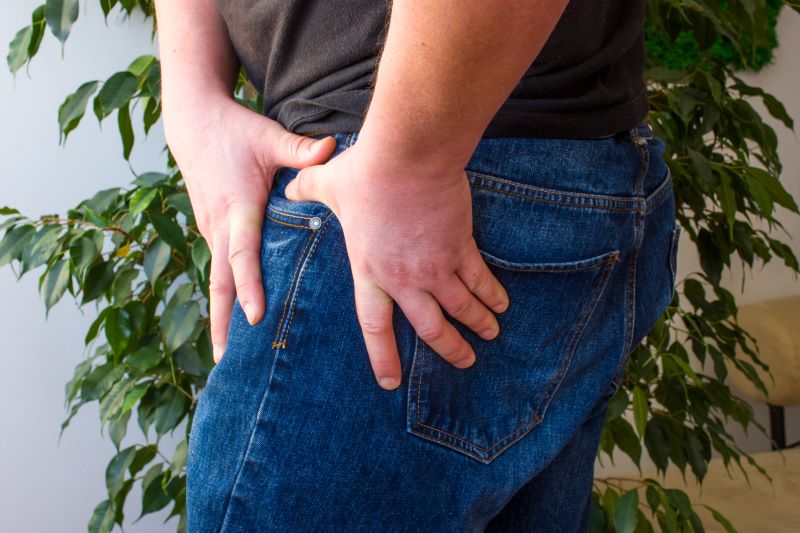 Hip impingement, scientifically referred to as femoroacetabular impingement (FAI), stands out in the sphere of orthopedic conditions. Predominantly impacting young adults and active individuals, this ailment is characterized by an unusual interaction between the ball and the hip joint socket. This interaction often leads to discomfort and can severely restrict one's movement and overall life quality. Through a comprehensive understanding of its origins, symptoms, and treatment strategies, individuals can effectively manage this condition.
Hip impingement, scientifically referred to as femoroacetabular impingement (FAI), stands out in the sphere of orthopedic conditions. Predominantly impacting young adults and active individuals, this ailment is characterized by an unusual interaction between the ball and the hip joint socket. This interaction often leads to discomfort and can severely restrict one's movement and overall life quality. Through a comprehensive understanding of its origins, symptoms, and treatment strategies, individuals can effectively manage this condition.
Understanding Femoroacetabular Impingement (FAI)
FAI is characterized by abnormal rubbing between the hip's ball and socket, which damages the joint. The condition has two main types:
- Cam - where the ball is the problem
- Pincer - involves the socket
These abnormalities can cause significant damage to the joint's cartilage and labral tissue, leading to discomfort and reduced function.
Origins of FAI
The development of FAI is a combination of genetic predispositions, abnormal bone development during growth periods, lifestyle, and environmental factors. If the hip bones do not form correctly during the pivotal growth stages of childhood, the risk of developing impingement increases. Additionally, sports and activities that demand repetitive hip motions can aggravate this condition.
At-Risk Populations
FAI is commonly seen in young to middle-aged individuals, with a noticeable prevalence among athletes participating in intensive sports like soccer, hockey, and rugby. Nonetheless, it's not exclusive to athletes; those who engage in repetitive hip movements due to their hobbies or professions, such as dancers and cyclists, may also be at risk. Recognizing these risk factors is
vital for timely intervention.
Symptoms to Watch For
FAI symptoms can range widely but typically include:
- Pain in the groin area, especially during or following hip movement
- Limited hip joint mobility
- Sensation of clicking or locking within the joint
- Stiffness or discomfort in the hip, thigh, or buttock area that significantly affects daily functioning and overall well-being.
Surgical Treatment Pathways
When conservative treatments like physical therapy, medication, and lifestyle changes do not yield the desired relief, surgical options may be explored. Arthroscopic surgery, a less invasive technique involving small incisions, is frequently chosen to rectify or remove the damaged tissue. For more severe cases or when arthroscopy is not an option, hip surgery might be necessary.
Dr. Dan Albright, Orthopedic Surgeon
For those grappling with the distressing symptoms of hip impingement, seeking advice from an expert like Dr. Dan Albright can be a critical step toward recovery. With his extensive background in orthopedic surgery and a focus on FAI, Dr. Albright provides a holistic approach to diagnosis and treatment. He prioritizes customized care, ensuring that treatment plans are tailored to his patients' individual needs and lifestyles. With Dr. Albright's guidance, patients can expect a comprehensive evaluation of their condition and a discussion of the most suitable treatment options. Whether through conservative management or surgical intervention, his commitment is to assist patients in regaining their mobility and returning to their routine activities without experiencing pain. Call 919-863-6808 today and schedule an appointment.





